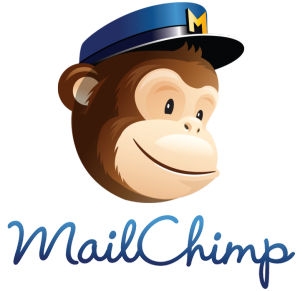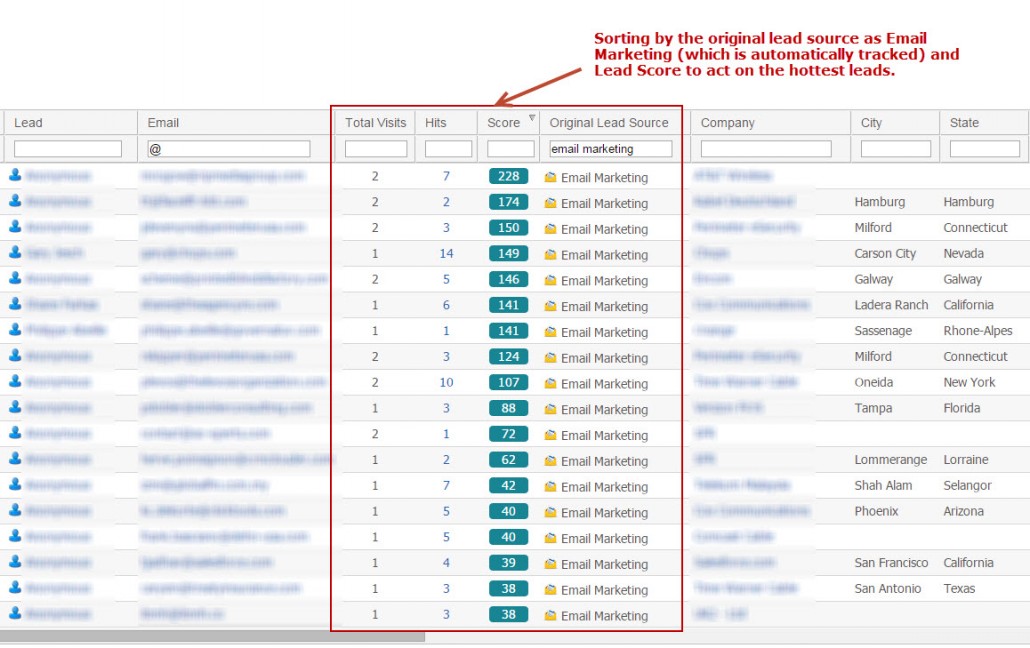How our Company Saved $9,618 on our Mailchimp Email Campaign – Get More out of Email Marketing
Get More out of Email Marketing
 Our company recently sent an email campaign the “old school way” to see how difficult and costly it would be compared to sending the email campaign and complement the strategy with Lead Liaison. We wanted to empathize with the 100s of thousands of companies that spend money on email marketing but aren’t equipped with the full software solution to turn their salespeople into “happy heroes”. Companies think they’re saving money by going with email service providers like Mailchimp or Constant Contact, when they end up spending way more than they anticipated in the end without having software that fosters sales efficiency. In this post we explain how to get more out of email marketing. Lets unfold what we did.
Our company recently sent an email campaign the “old school way” to see how difficult and costly it would be compared to sending the email campaign and complement the strategy with Lead Liaison. We wanted to empathize with the 100s of thousands of companies that spend money on email marketing but aren’t equipped with the full software solution to turn their salespeople into “happy heroes”. Companies think they’re saving money by going with email service providers like Mailchimp or Constant Contact, when they end up spending way more than they anticipated in the end without having software that fosters sales efficiency. In this post we explain how to get more out of email marketing. Lets unfold what we did.
In this exercise, we sent out an email to 17,000 contacts. Although Lead Liaison has a powerful email marketing component to the platform, we wanted to act like most businesses and signed up for Mailchimp. The campaign was a huge success and cultivated the average click-throughs (2.2%) in the software and web application industry. That’s 374 people that clicked at least one link in our email campaign. Now, most businesses would send that list of click-throughs to their sales team and ask them to follow up. Let’s look at the investment required to properly follow up with these 374 “leads”:
- 374 people clicked a link.
- Consider an average time of 20 minutes for each rep to research the lead, contact them, add reminders in their CRM, follow up, etc. It’s probably more, but we’ll be conservative here.
- 374 people x 20 minutes = 7,480 minutes = 125 hours spent chasing these leads.
- We all know salespeople are the most expensive resource in a company. The average fully burdened cost of a software salesperson is $175,000 per year. $175,000 / 2,080 business hours in a year = $84 per hour.
- 125 hours x $84 per hour = $10,500 spent following up with these leads.
Yep, that’s right…a typical company would spend over $10,000 on their email campaign. These companies might be looking for some cost savings as a Mailchimp subscription at this contact level is $150 for the month; however, they end up spending a lot more in operational costs. It’s important to look at the total cost of the campaign, from the price of the software to deliver the campaign through the follow up. The problem with this type of traditional approach to email marketing is that the marketing person has to invest more time (and ultimately the company’s money), extracting data from Mailchimp, parsing data to determine which reps should get each lead, and delivering data to them. Now, let’s look at how we saved 92% of that investment, or $9,618, by using Lead Liaison for sales efficiency.
Instead of following up with everyone that clicked a link in an email, we used Lead Liaison to take care of all our tracking, lead qualification and lead distribution. It took us 20 minutes to set things up before sending our campaign through Mailchimp. We spent 5 minutes adding a tracking token to the end of each of our links inside the Mailchimp Campaign. Then we spent 15 minutes setting up a Workflow that ran for two weeks following the launch of our email campaign. In our Workflow we told the system to look for:
- new leads from email marketing with
- website activity after the date we launched the campaign
- with a lead score more than 30
With these rules we could automatically distribute warm leads to our sales team, based on territory, round robin, or sales rep performance. The lead is then automatically synced into our CRM and the salesperson gets a task reminder to follow up. The sales team is a lot happier as they’re focusing on qualified leads and don’t have to bother with data entry. Lets look at the numbers:
- 21 hot leads were generated that met the above criteria
- The reps were able to spend more quality time (30 minutes per lead) on each prospect as they knew their prep and research would be more meaningful with higher quality leads. Reps used Lead Liaison to see what the person looked at after they clicked the link in the email and how many other times they visited our website. Reps could see all kinds of digital behavior like when they played our video explainer, visited our pricing page, and more.
- 21 hot leads x 30 minutes per lead = 10.5 hours spent chasing hot leads
- At $84 per hour, that’s $882.
- Compared to $10,500 for the “traditional” approach to following up to an email campaign, our company saved 92%, or $9,618, had a happier sales and marketing team, kept all the data in the system, and saved time not having to export or lose data.
That’s a pretty compelling ROI. Even if we didn’t invest the 15 minutes setting up the Workflow in Lead Liaison, we could have used our visitor tracking solution for the period of our campaign, filter out Known Leads (people with an email) with an Original Lead Source of Email Marketing, and sort by Lead Score. The website visitor tracking view displays businesses visiting our website in real-time and tracks activity across all our marketing channels. We could have easily clicked the “Hits” column to see what pages people viewed during their visit and how many times they visited our website since the campaign ran.
We hope you try a modern approach to email marketing and connect email to web using Lead Liaison to get more out of email marketing.




